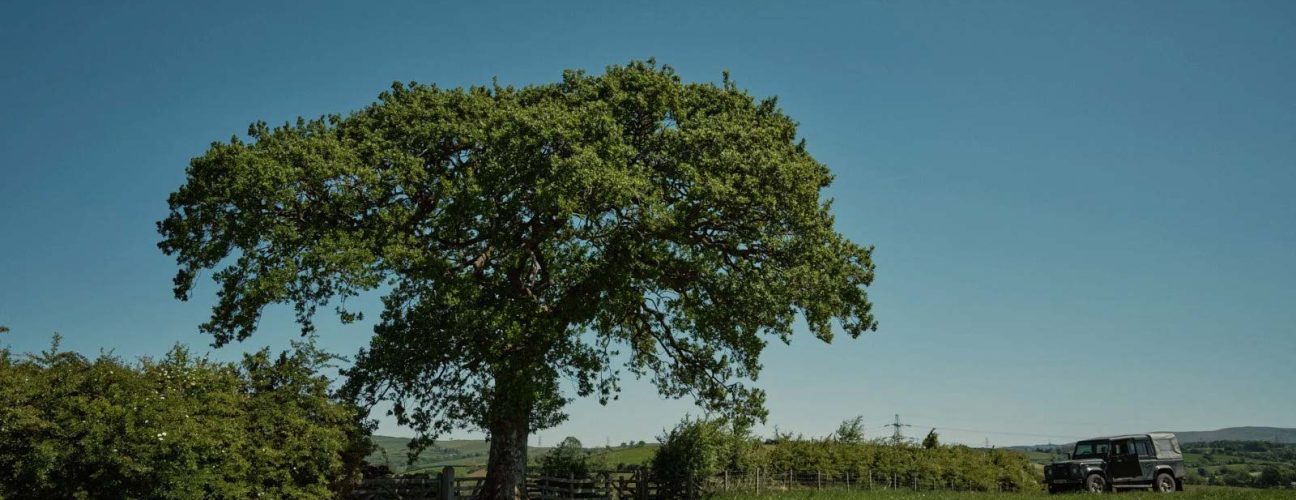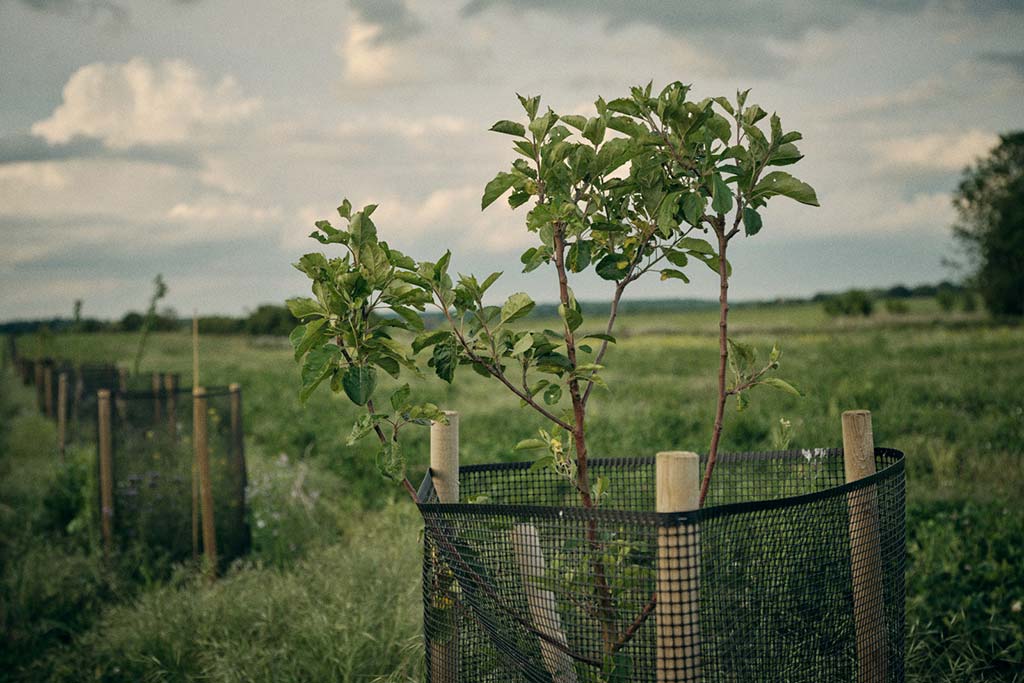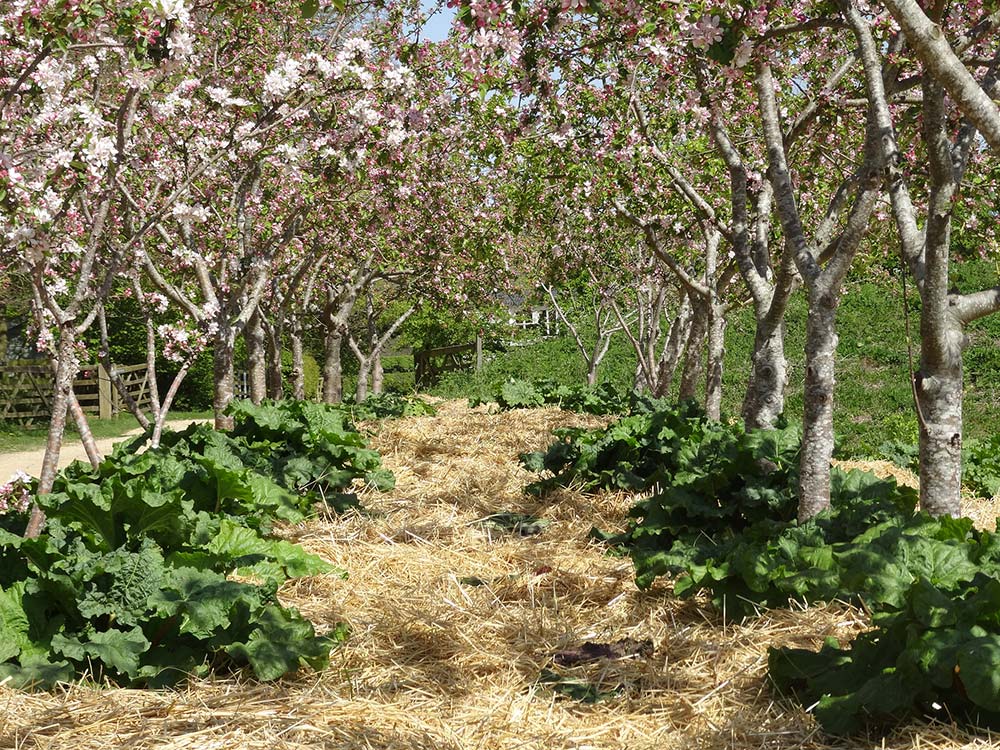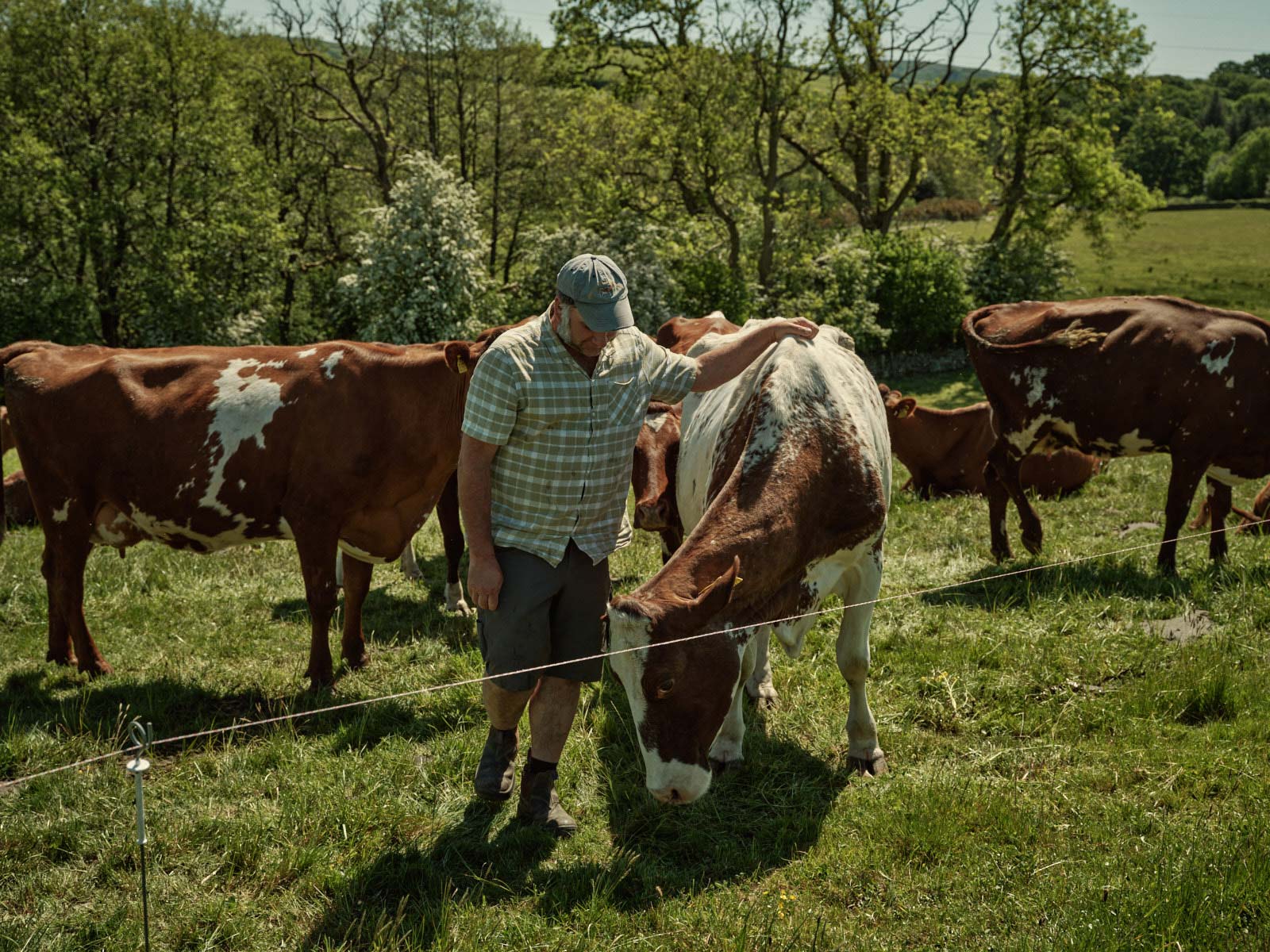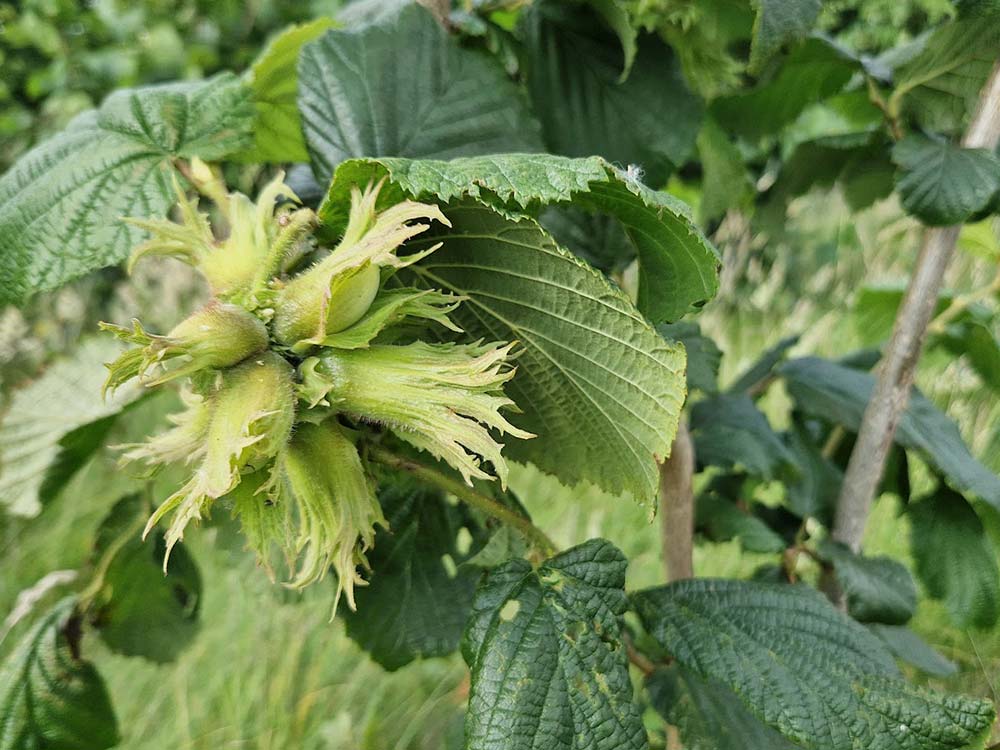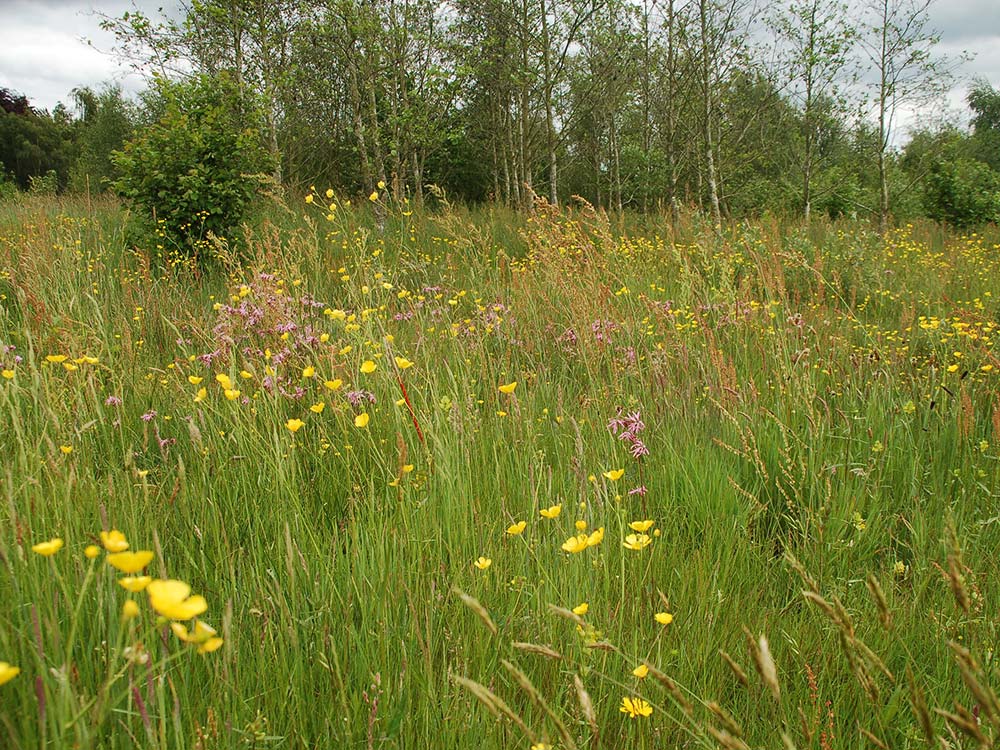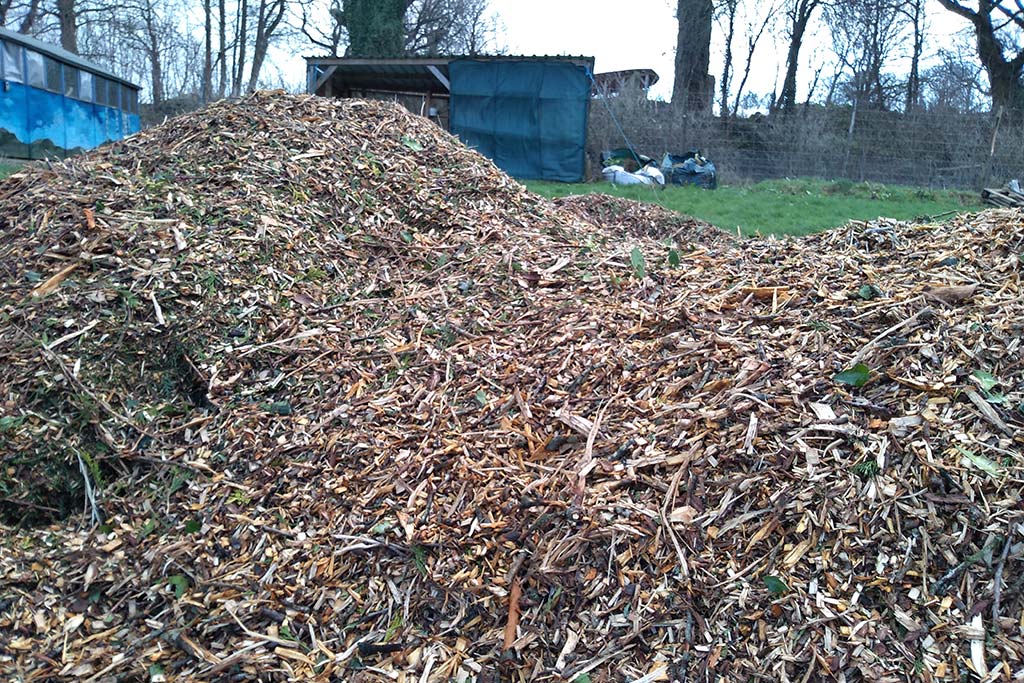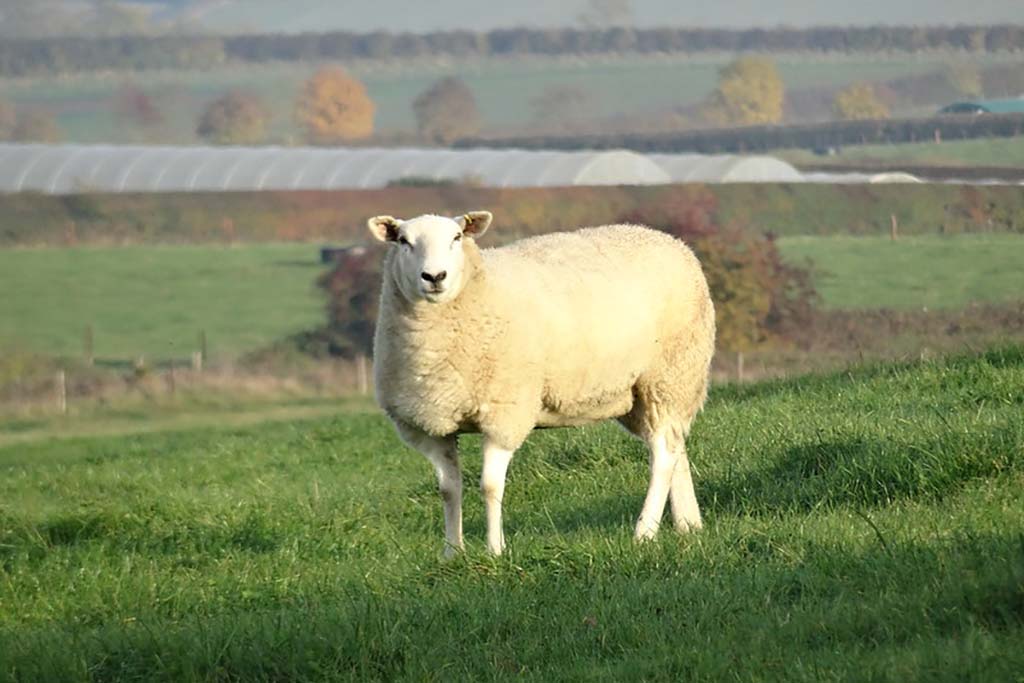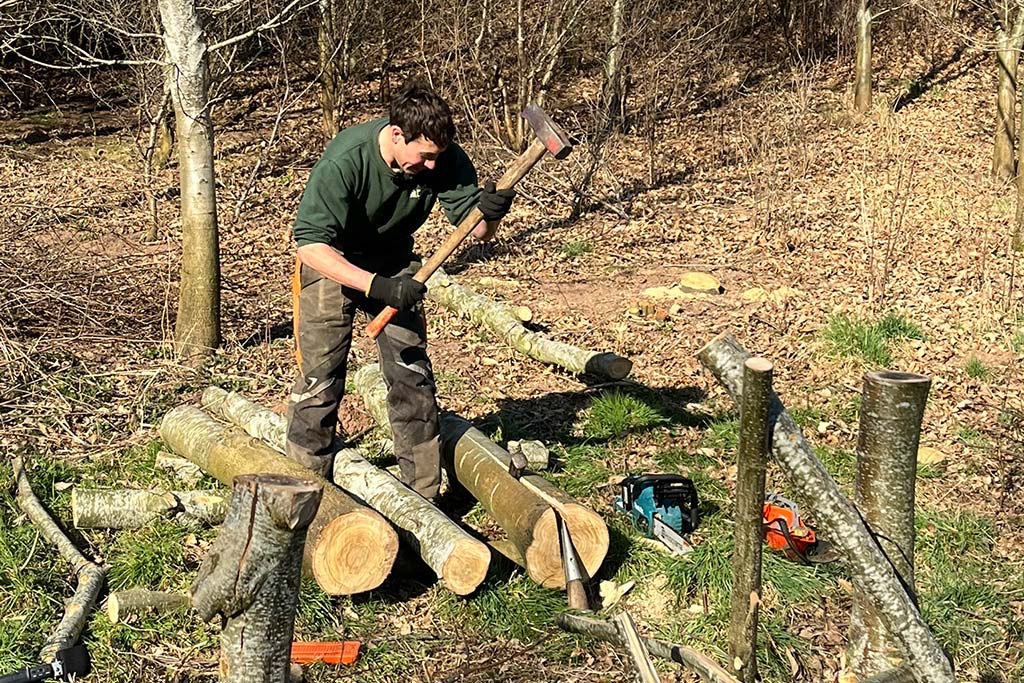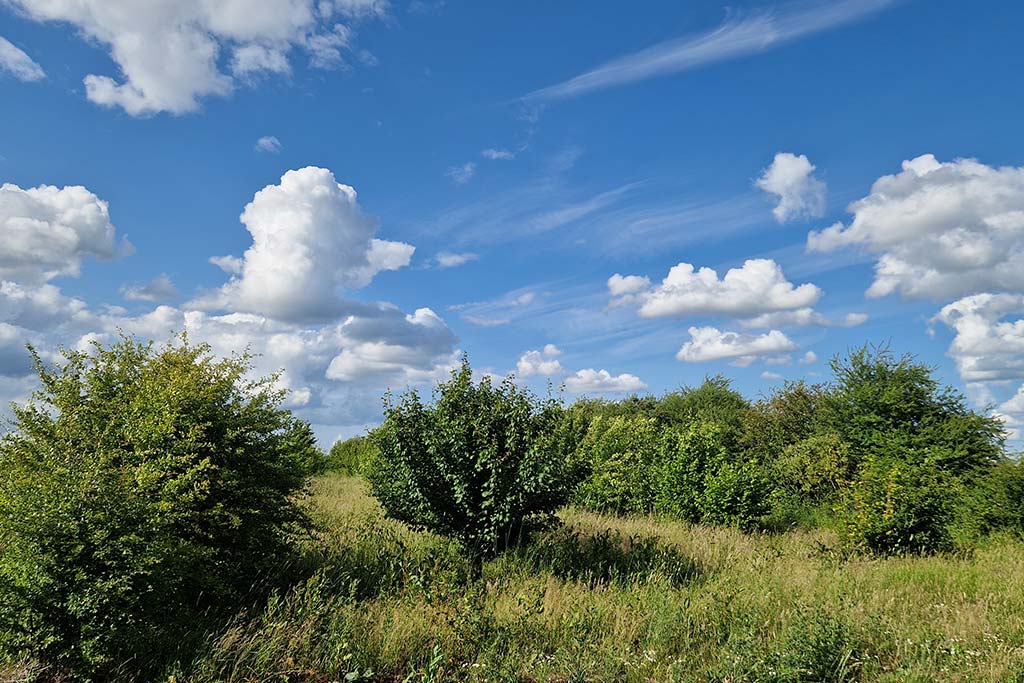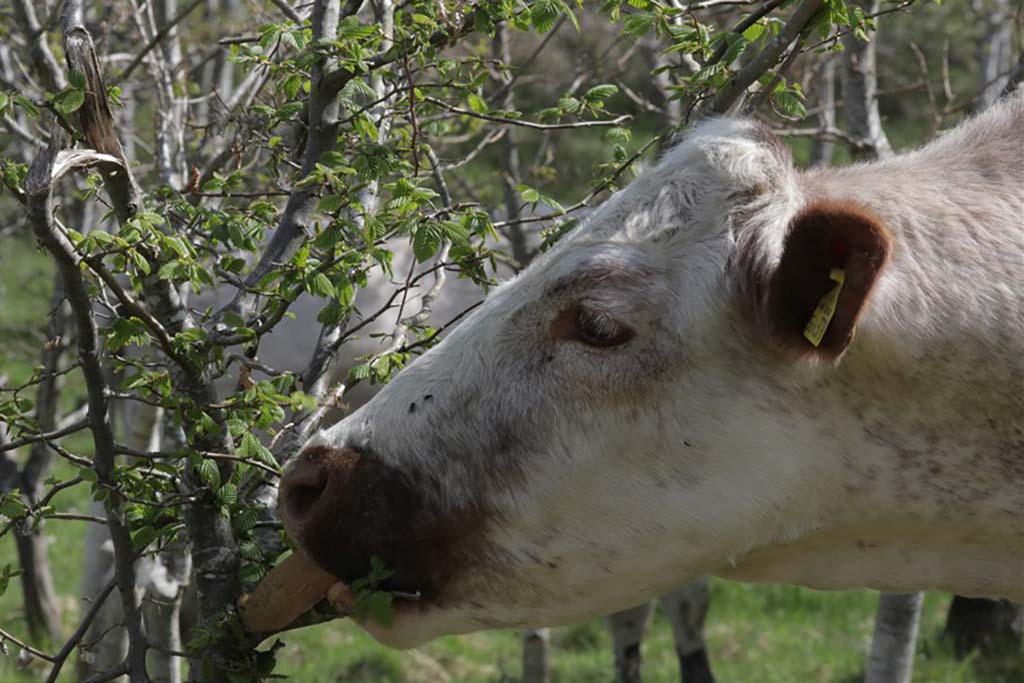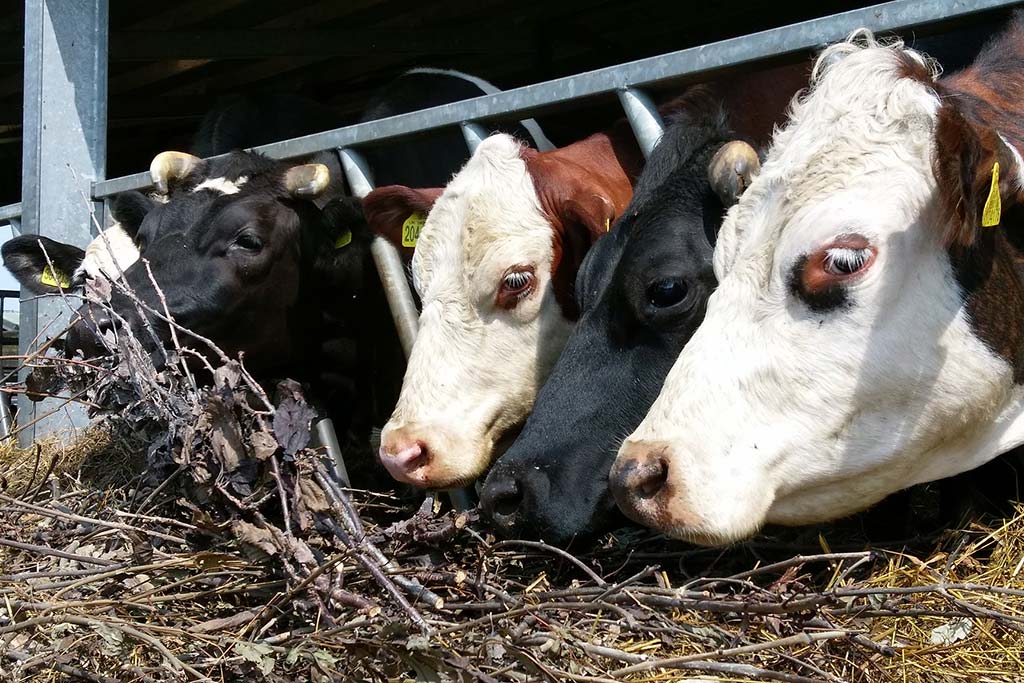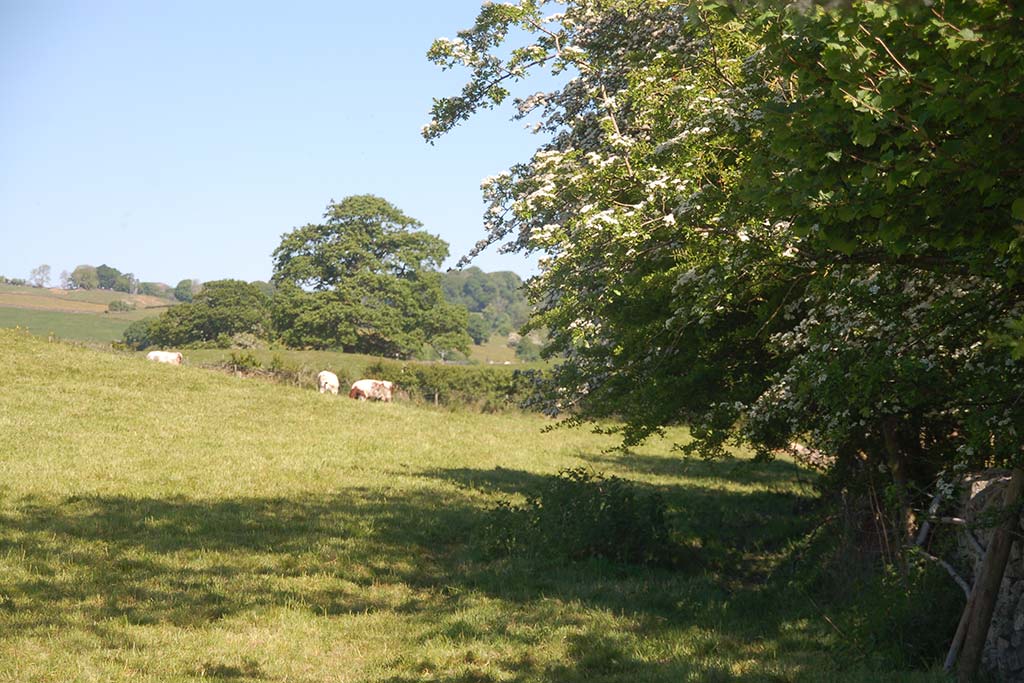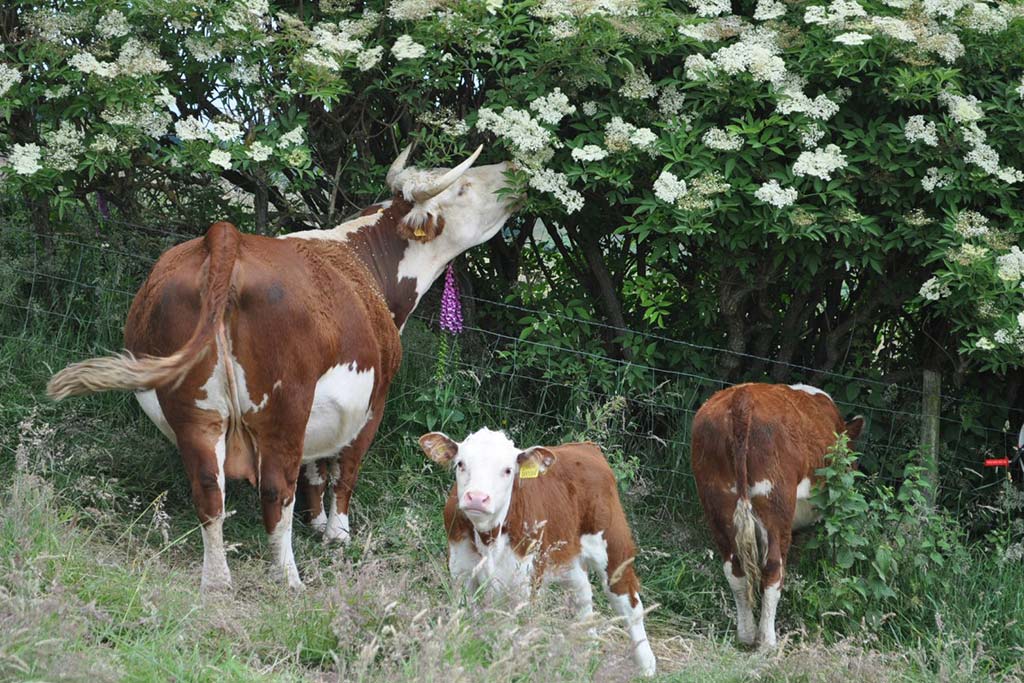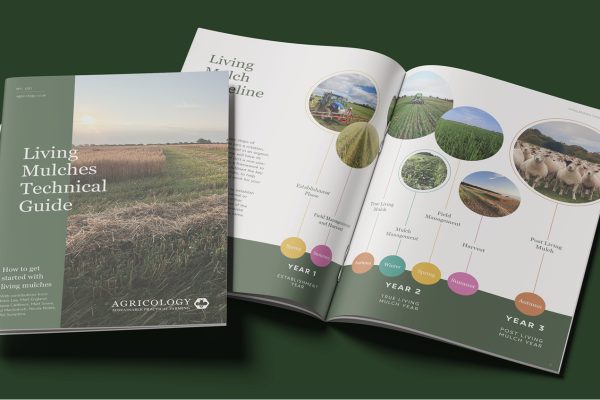Agroforestry is an agroecology-based approach that involves planting trees and shrubs alongside crops, livestock, or both, with the aim of creating diverse, productive, and resilient farming models that benefit both people and the environment.
Whether you’re exploring silvopasture, silvoarable, silvohorticulture, woodland grazing, hedgerow management, or generally just how to make the best use of trees on your land, the Hub offers practical resources to support your agroforestry journey. It brings together case studies, research summaries, farmer profiles, blog posts, toolkits, videos and podcasts to help you plan, establish and maintain projects of all scales.
Showcasing a diverse range of material from Agricology’s archive and trusted partners, the Agroforestry Hub is designed to support farmers, advisors and land managers at every stage, from species selection to first harvest and beyond.
Take your time to scroll through the guide and explore our range of agroforestry resources.
The Agroforestry Handbook
This book is the definitive guide for farmers and advisors, packed with practical information on agroforestry theory, design, markets and pricing. The authors are leading researchers and practitioners with decades of experience in agroforestry from the UK and around the world.
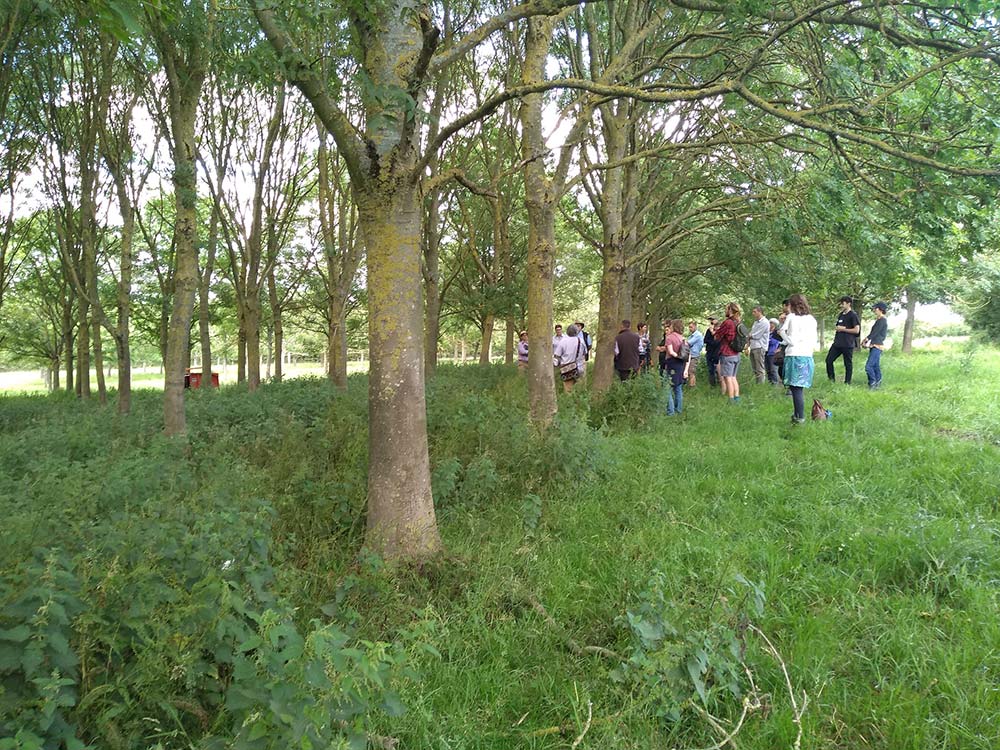
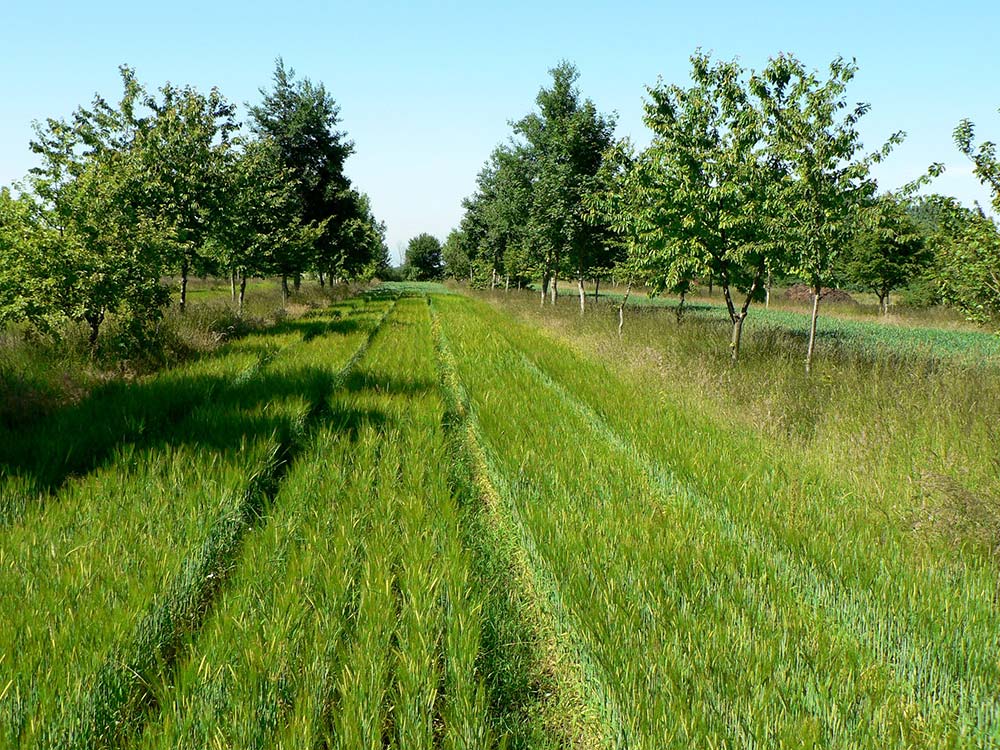
Wakelyns Agroforestry: Resilience through diversity
Wakelyns (home of YQ wheat) represents 30 years of pioneering practice and research into organic agroforestry and is an inspiration to many UK farmers. Integrating trees for timber, energy and fruit production into an organic crop rotation, this innovative farm was established by the late plant pathologist, Prof. Martin Wolfe, to put into action his theories of agrobiodiversity being the answer to achieving sustainable and resilient agriculture. This publication includes sections on the impacts of added diversity on insects and birds, food and energy production, enterprise stacking, ramial woodchip trials, pond restoration and creation, and research focused on tree / crop interactions.
Next Steps with Regenerative Agriculture’ – Stephen Briggs
In 2009 renowned silvoarable pioneer Stephen Briggs created the largest commercial agroforestry system in the UK, integrating 2,400 apple trees into his crop land. In this recording, he discusses his experiences of doing this, highlighting some of the many practical benefits and challenges.
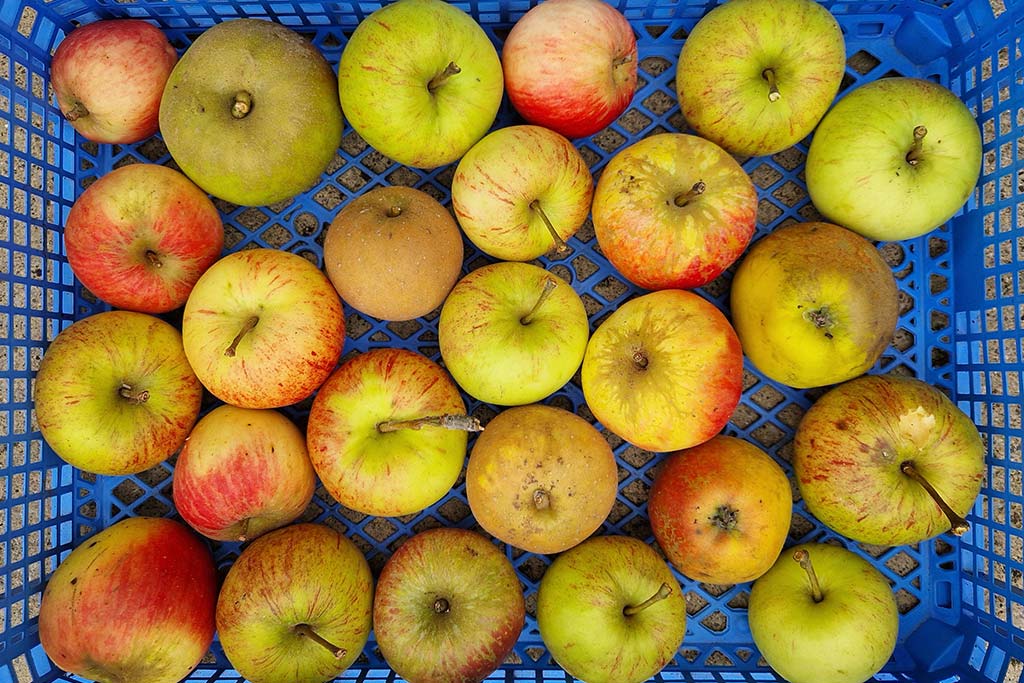
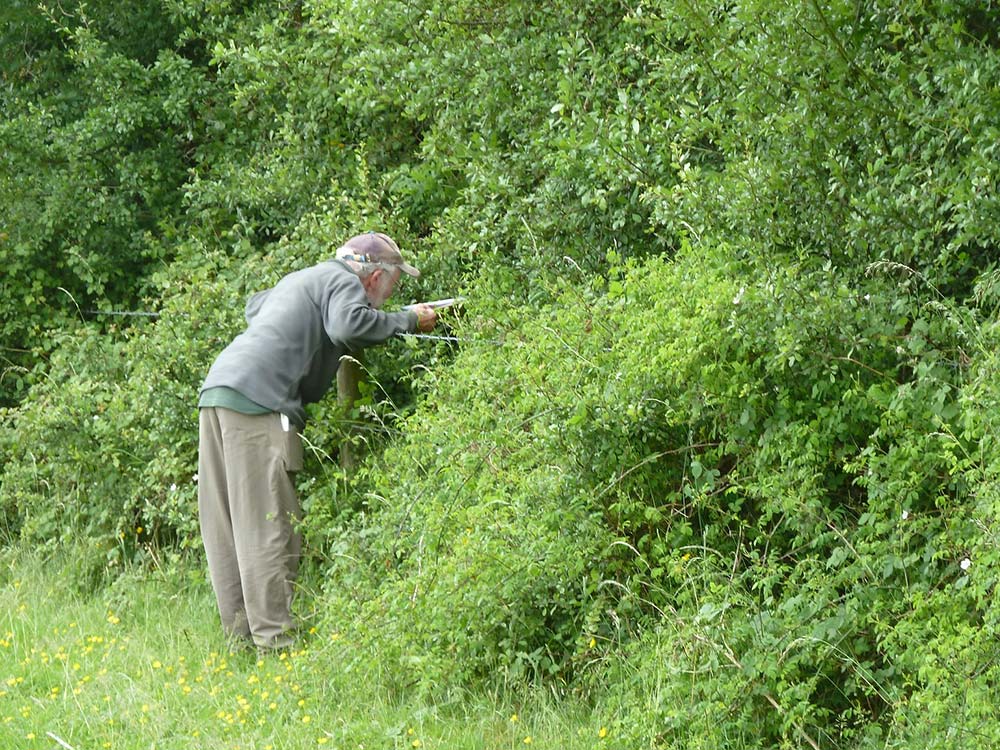
Healthy hedgerows on your land
This leaflet by the People’s Trust for Endangered Species explains why and how to manage your hedgerows to ensure they reach their economic, environmental and ecological potential.
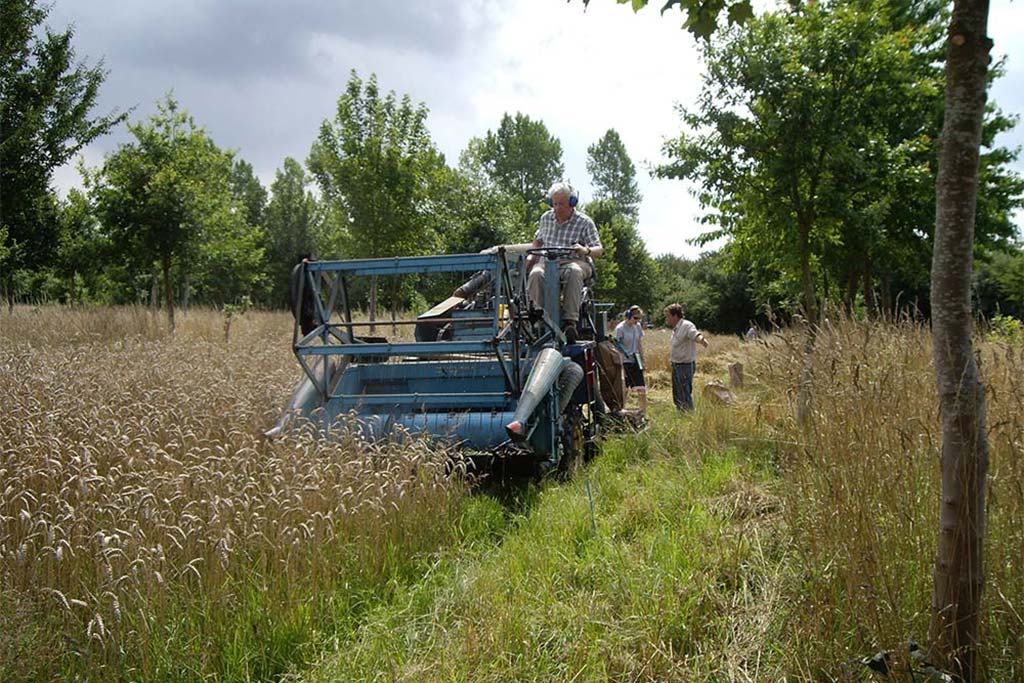
A Tree Species Guide for Agroforestry in the UK
This guide from the University of Reading and Forest Research provides useful information on 33 species of trees and shrubs that could be planted in UK agroforestry systems.
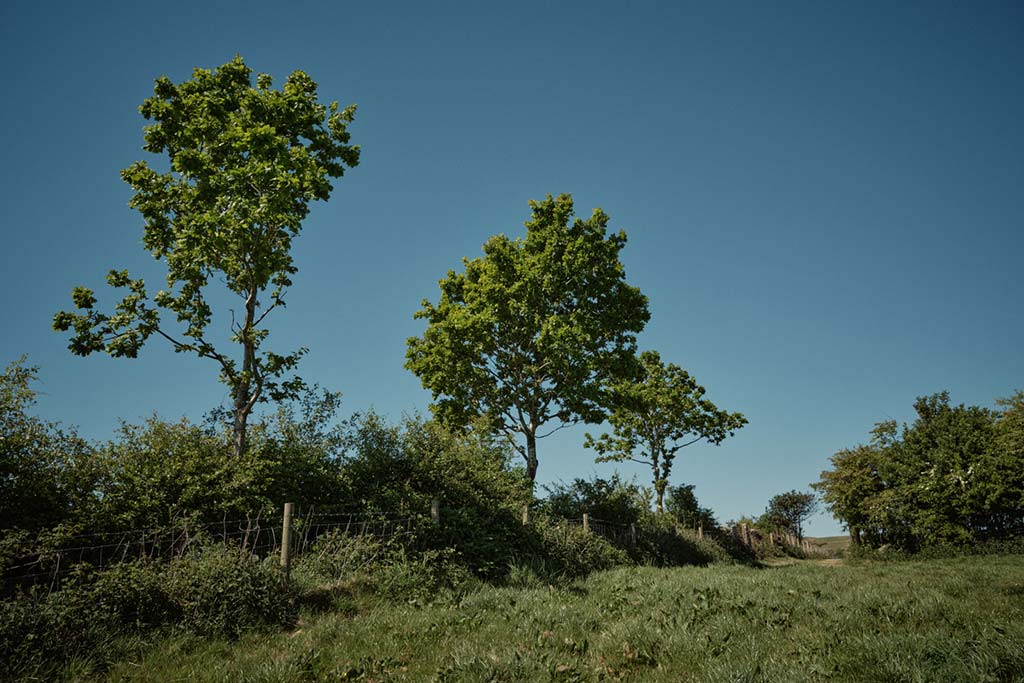
Alley Planting, Shelterbelts and In-Field Trees
These Woodland Trust illustrated leaflets aimed at livestock farmers explore different ways of using trees to support and enhance grass health and livestock management.
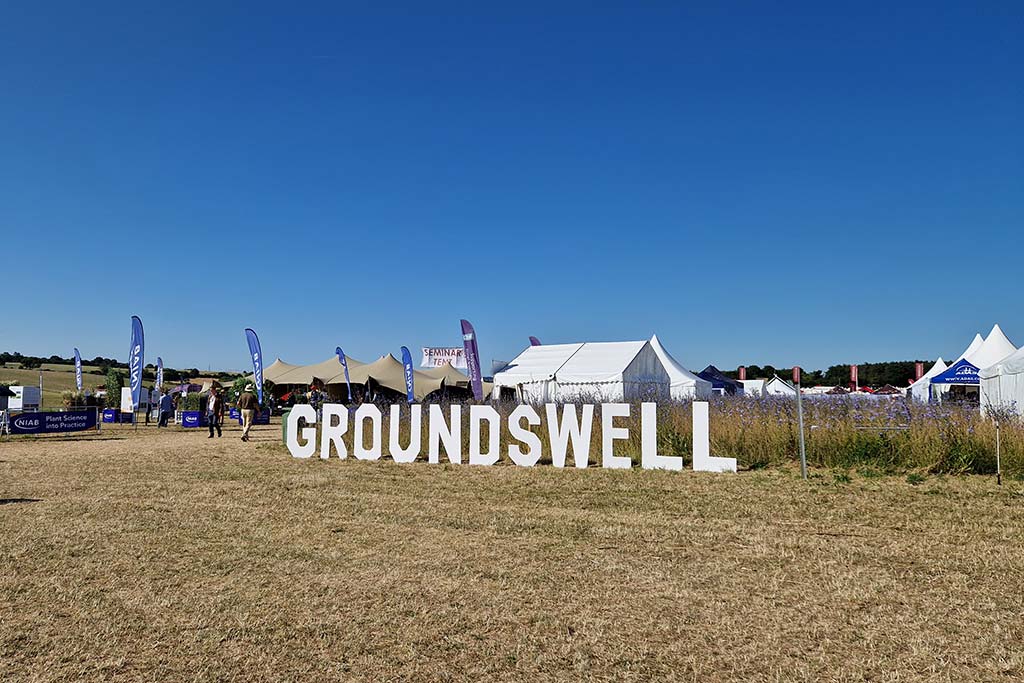
Future Proofing Dairy Farms Through Landscape Design
This 2024 Groundswell session recording features a panel of expert speakers discussing how integrating trees on to your farm can benefit livestock and build climate resilience.
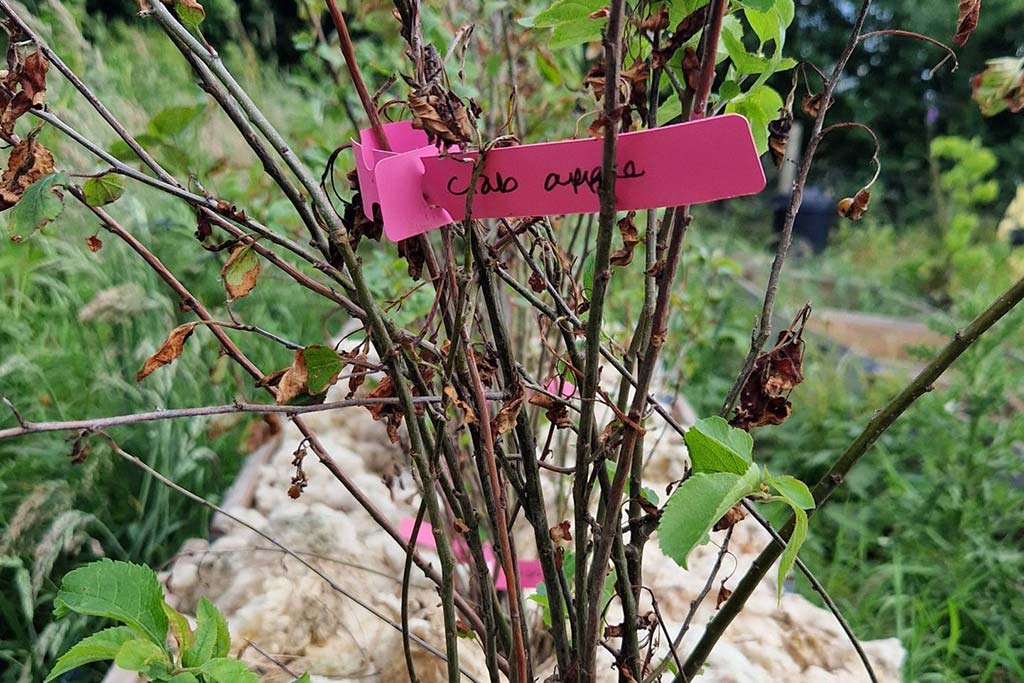
So mulch lovin’! How mulches help get trees off to the best start
In this blog, Ben Raskin explained the benefits of mulching around trees, outlining the pros and cons of different materials.
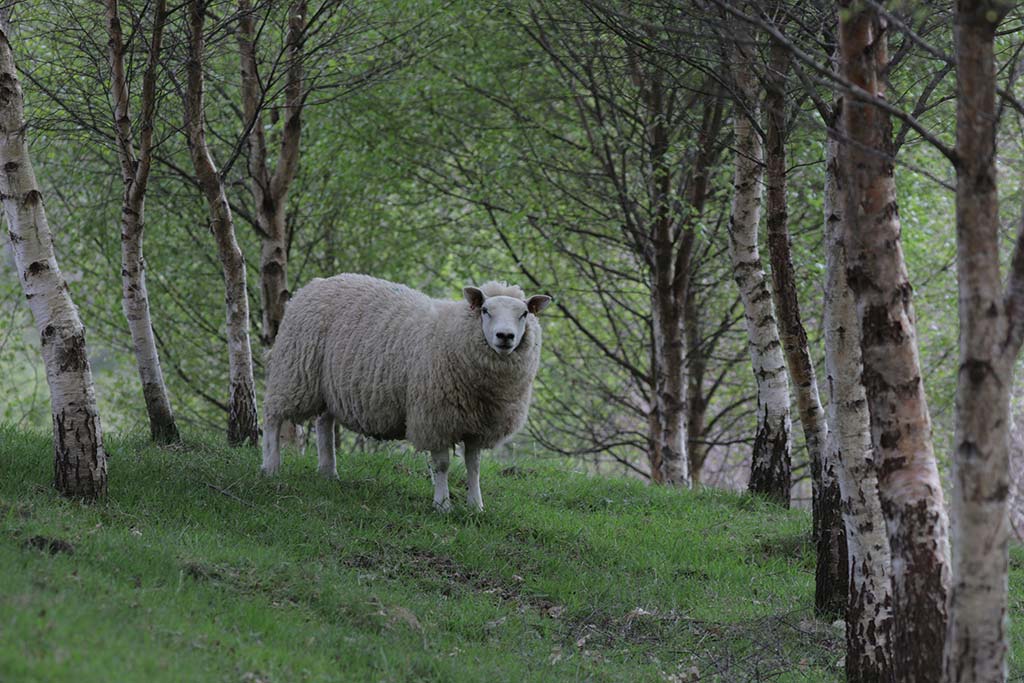
AGFORWARD best practice leaflets
This series of leaflets, produced as part of the AGFORWARD research project, provides practical guidance on how to plan, create and manage an agroforestry system.
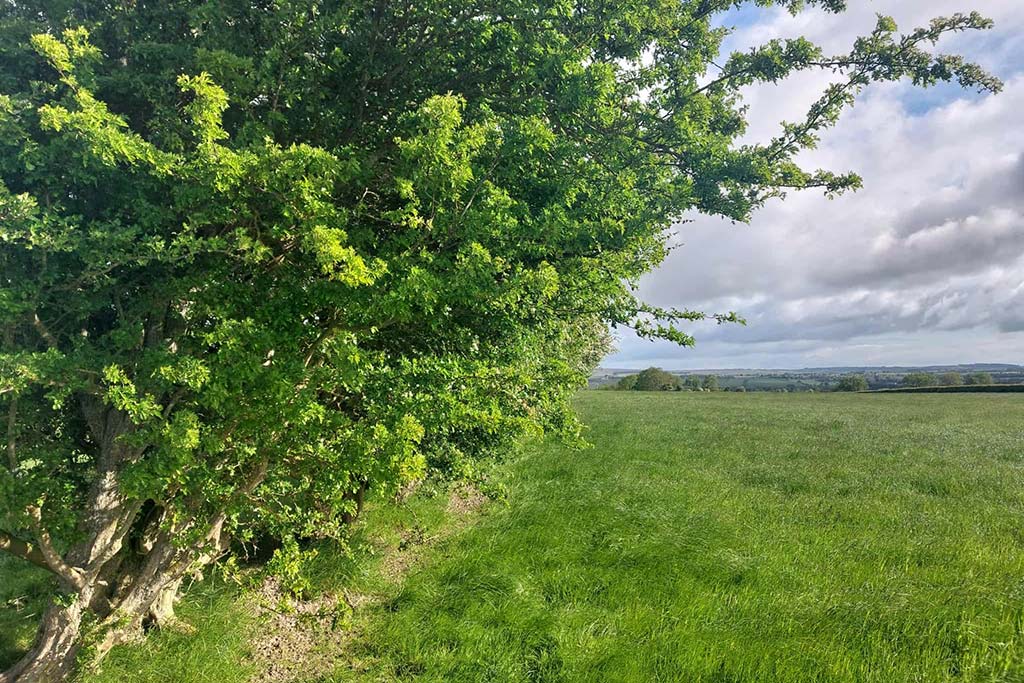
Optimum shelterbelts: right tree, right place
Senior ORC Livestock Researcher Lindsay Whistance describes shelterbelts and research being carried out as part of the ongoing Optimum Shelterbelts Project, an initiative aiming to characterise shelterbelts and their effects.
Hedge fund: investing in hedgerows for climate, nature and the economy
A report that provides an evidence-based analysis of the environmental and economic benefits of hedgerows.
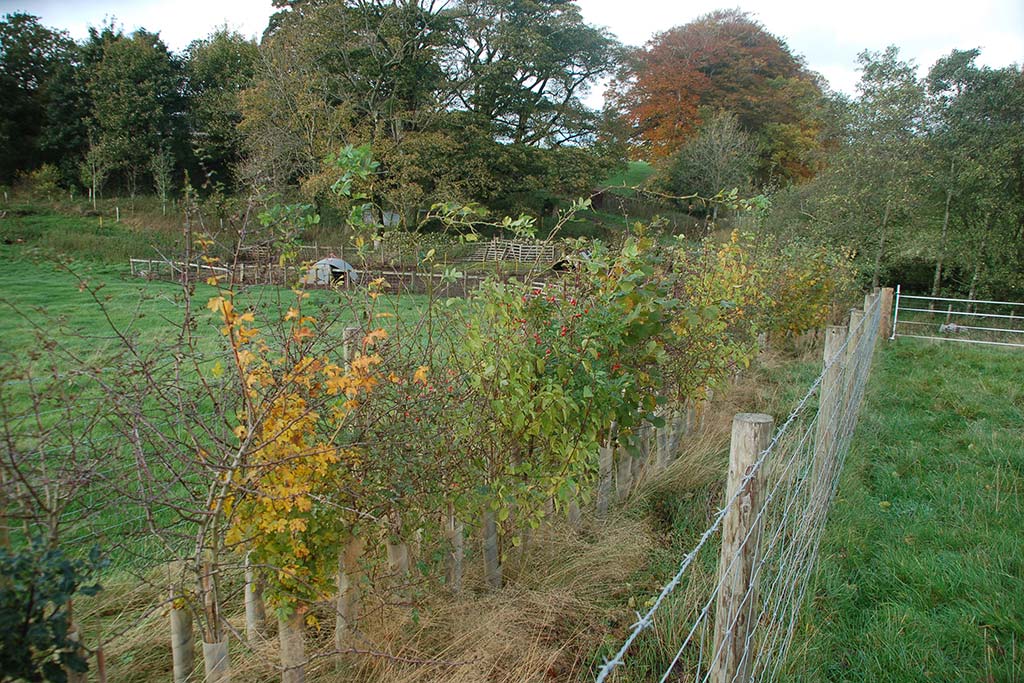
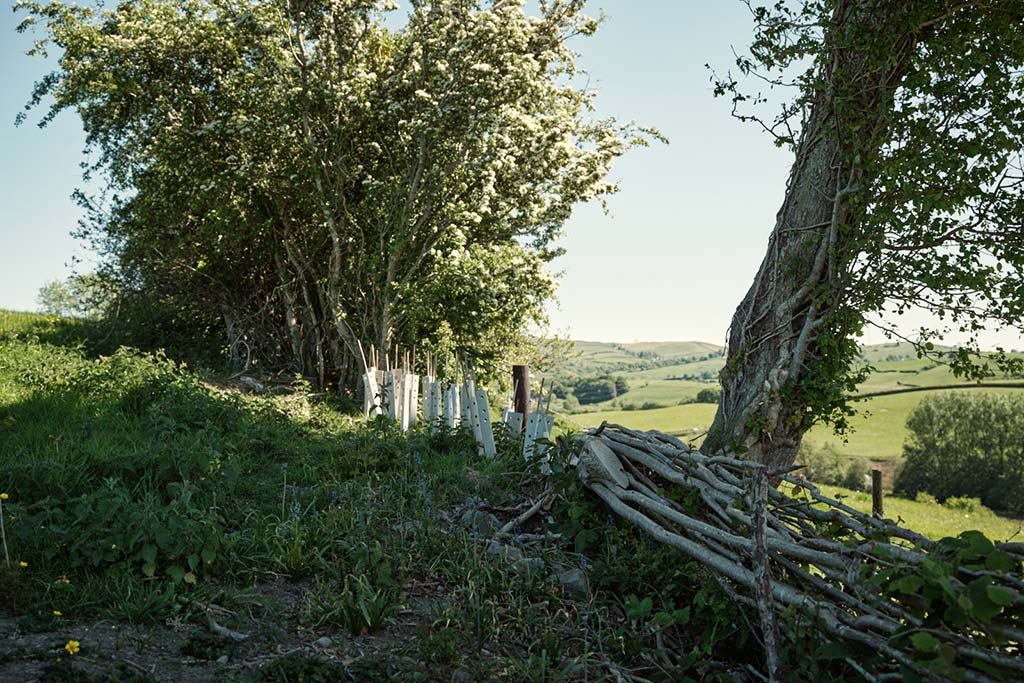
Bringing hedgerows back into the farm business
In this blog, Jo Smith explains the importance of hedgerows and describes trials carried out as part of an EU research project.
A guide to harvesting woodfuel from hedges
A practical guide to help farmers and landowners sustainably manage hedges for woodfuel, covering the different types of hedges, machinery and methods of storing woodchip, alongside information about government initiatives, cost and legal considerations.
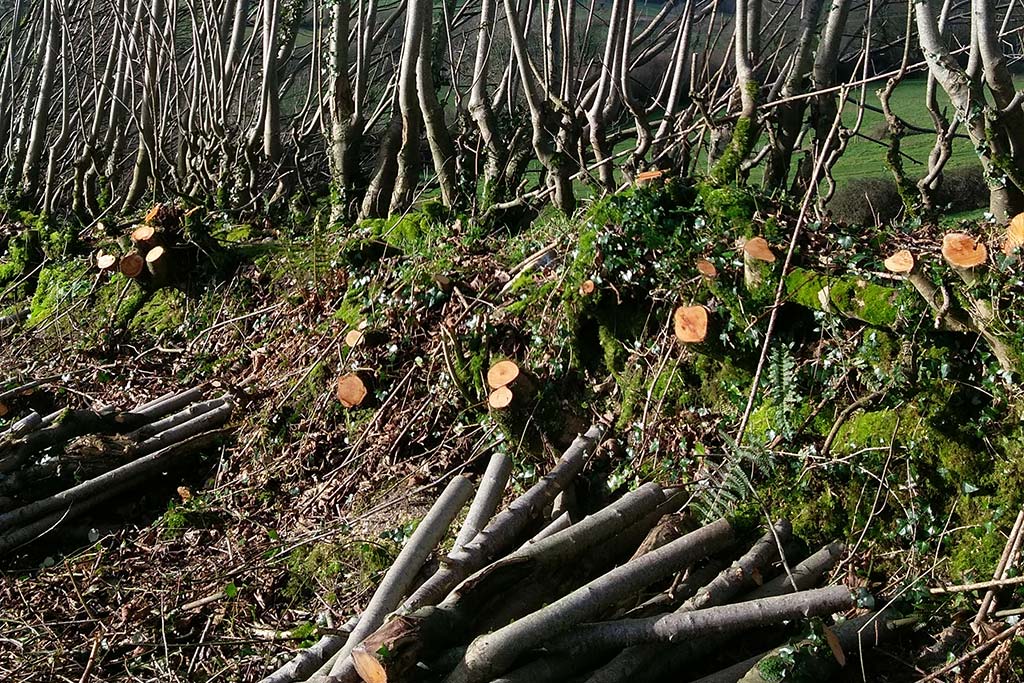
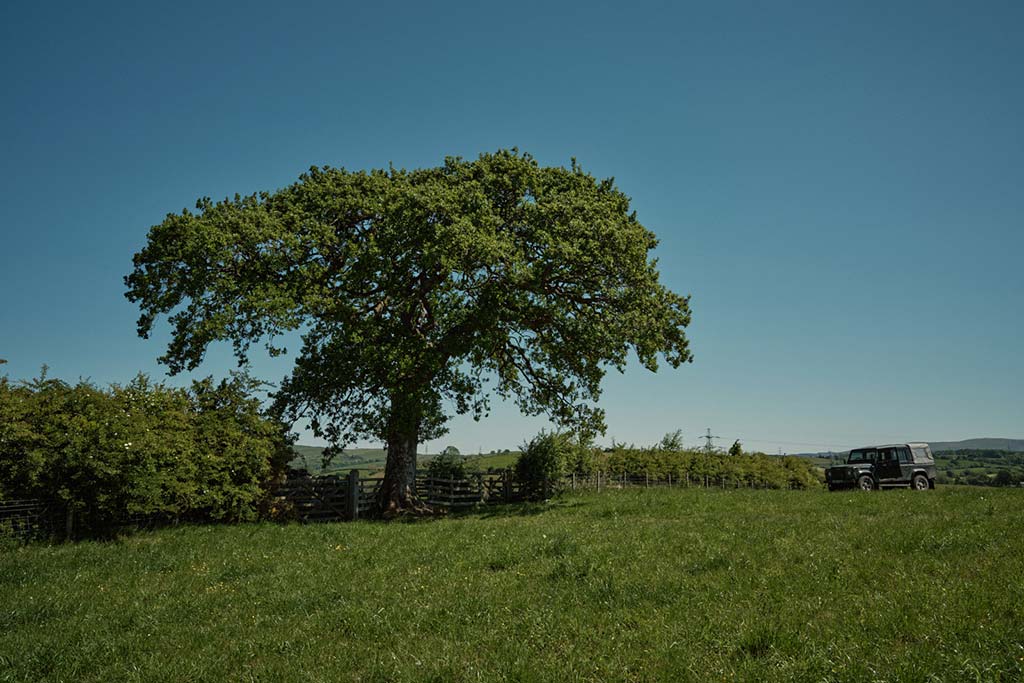
The Magic Money Tree: The Economics of Agroforestry
This 2019 ORFC session recording explores the process of planning a new agroforestry system, finding markets for wood products, and calculating the business opportunities.
Enterprise Stacking & Agroforestry; Chickens, Orchards, Biomass & Market Gardens – Update
In this vlog, Tim Field shares information about a project which aimed to plant 800 trees on a 30-acre field that housed established chicken ranges.
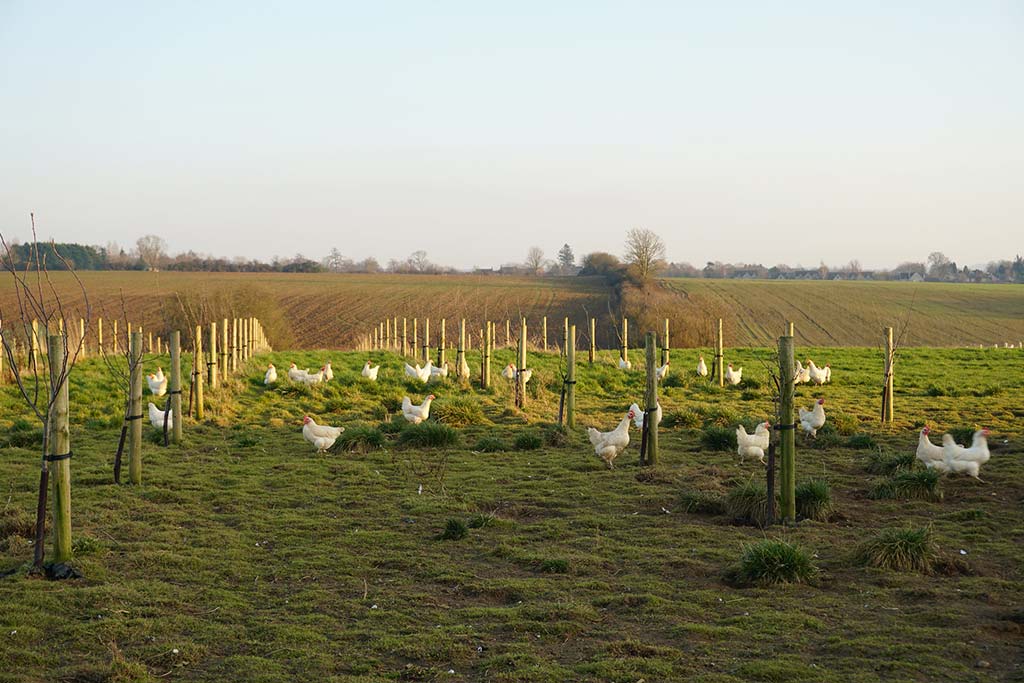
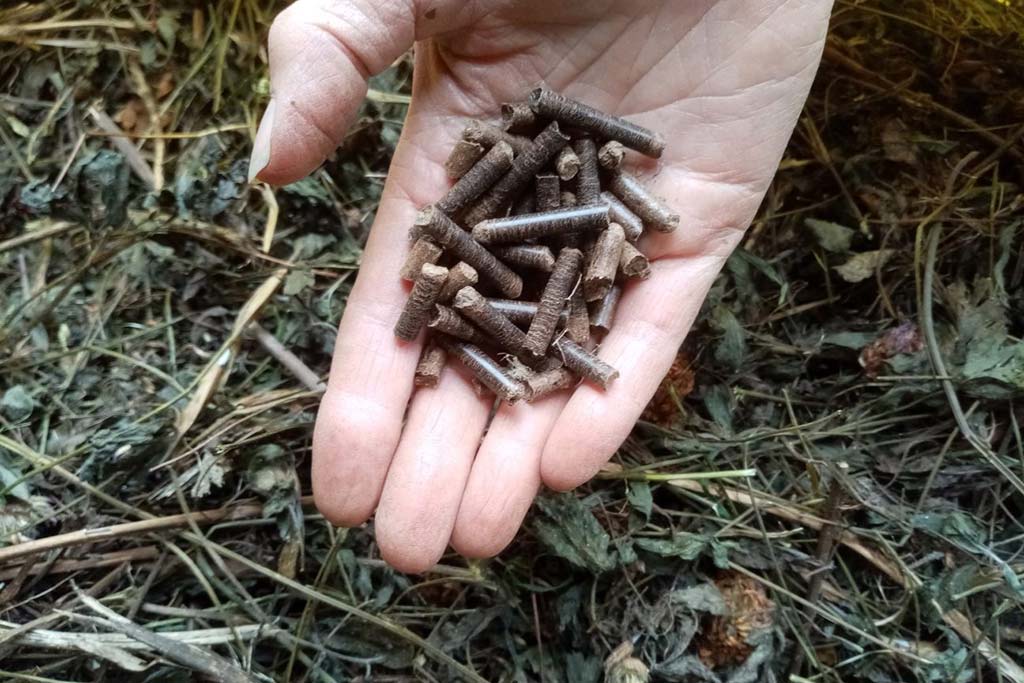
Insights from the Perennial Green Manures project
Here you can access findings and feedback from a 2-year trial, during which 5 growers in the Dyfi Valley incorporated the leaves of perennial green manures alongside their usual methods of fertilising crops.
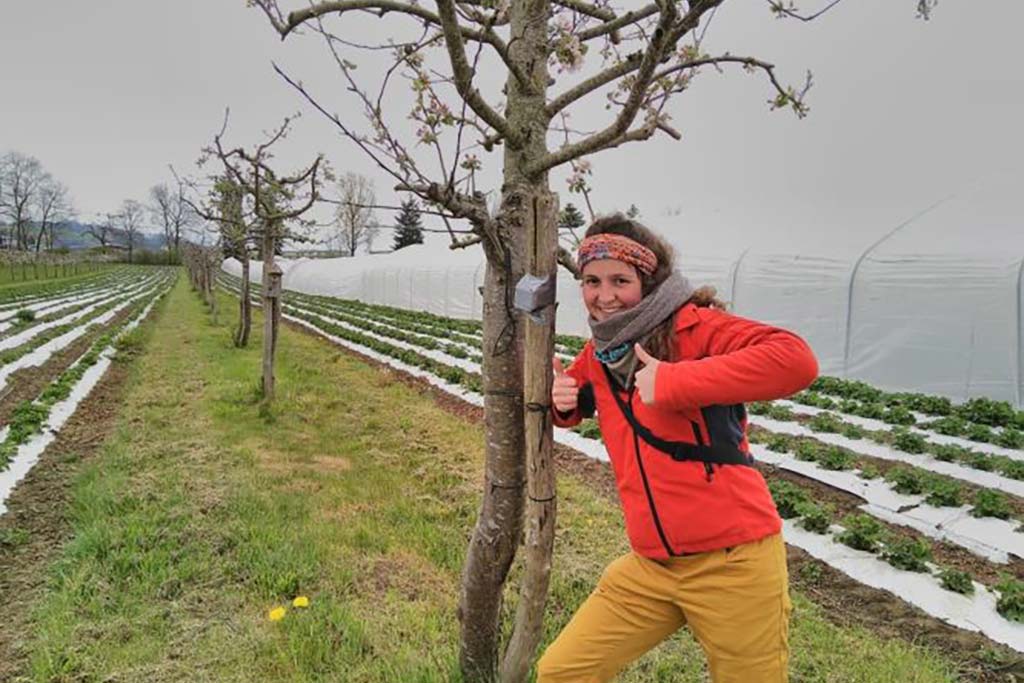
More agroforestry … to support bird diversity!
Many studies show that woody components play a crucial role in maintaining the resilience of the farmland ecosystems. Manon Edo describes an AGROMIX study that evaluated the effect of agroforestry on bird diversity in farmland systems in two European countries.
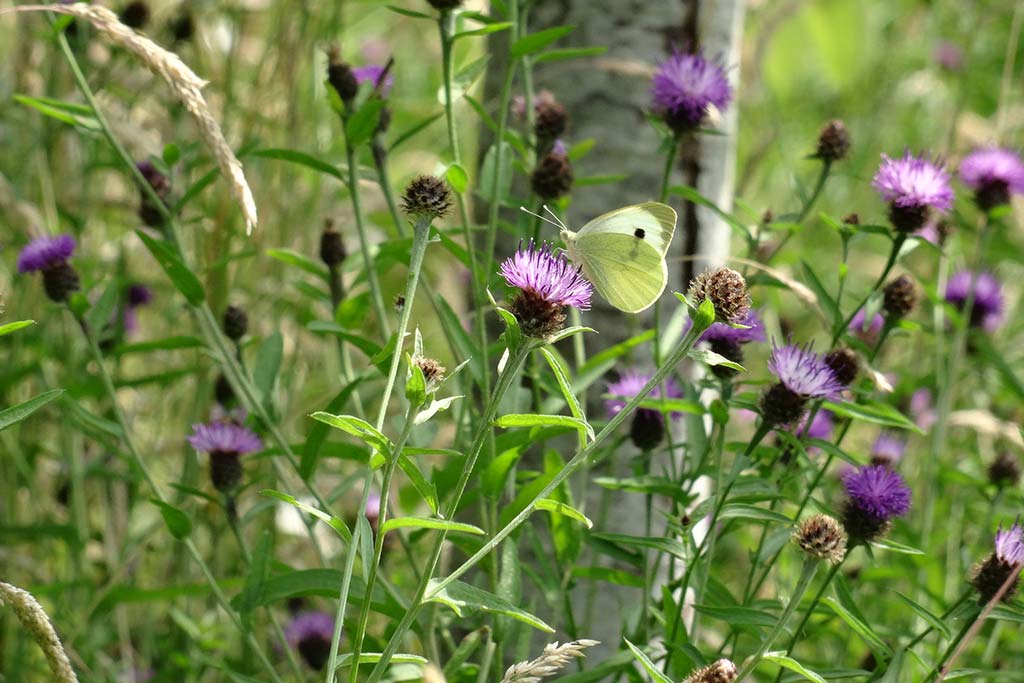
Could farming with trees help to control pests and boost pollinators?
Tom Staton shares information about his PhD research into how agroforestry practices can support organic pest control and increase pollination rates for farmers.
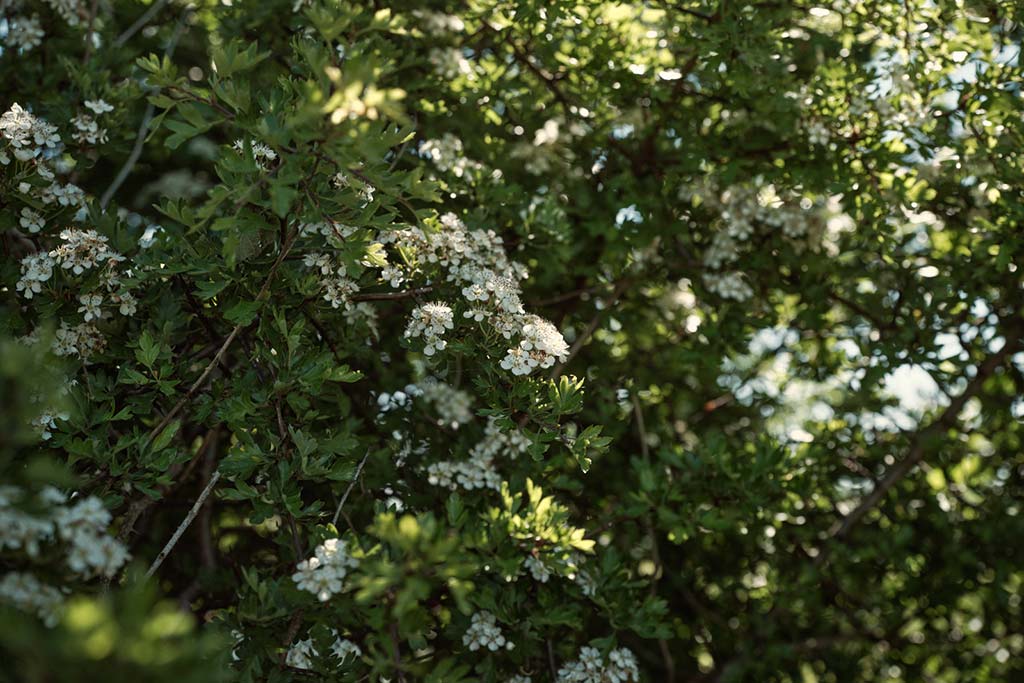
Hedgerows need to flower
Read about the importance of allowing hedgerows to grow tall, flower and bear fruit, providing vital food and habitats for wildlife, and some best practice guidelines for hedgerow management in this guest blog by Nicola Bradbear.
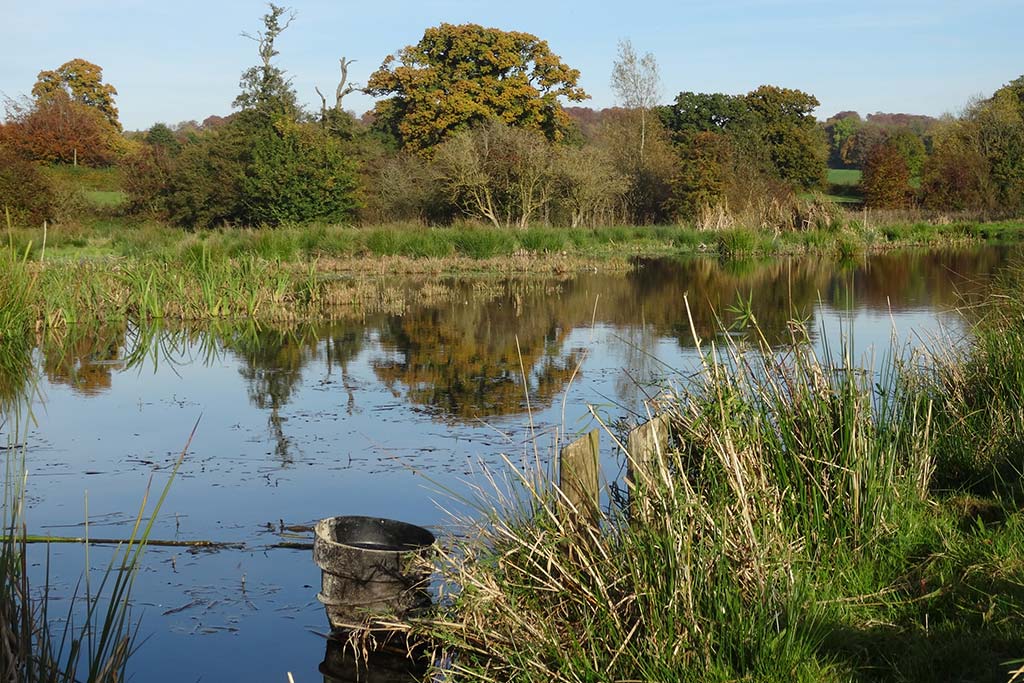
Effects of severe flooding on a lowland farm
Trees can help store and slow floodwaters, reduce pollution, promote biodiversity and improve ecological connectivity. This case study outlines the impacts of severe annual river flooding on a mixed lowland farm in Shropshire, and how tree planting has been used as a form of management.
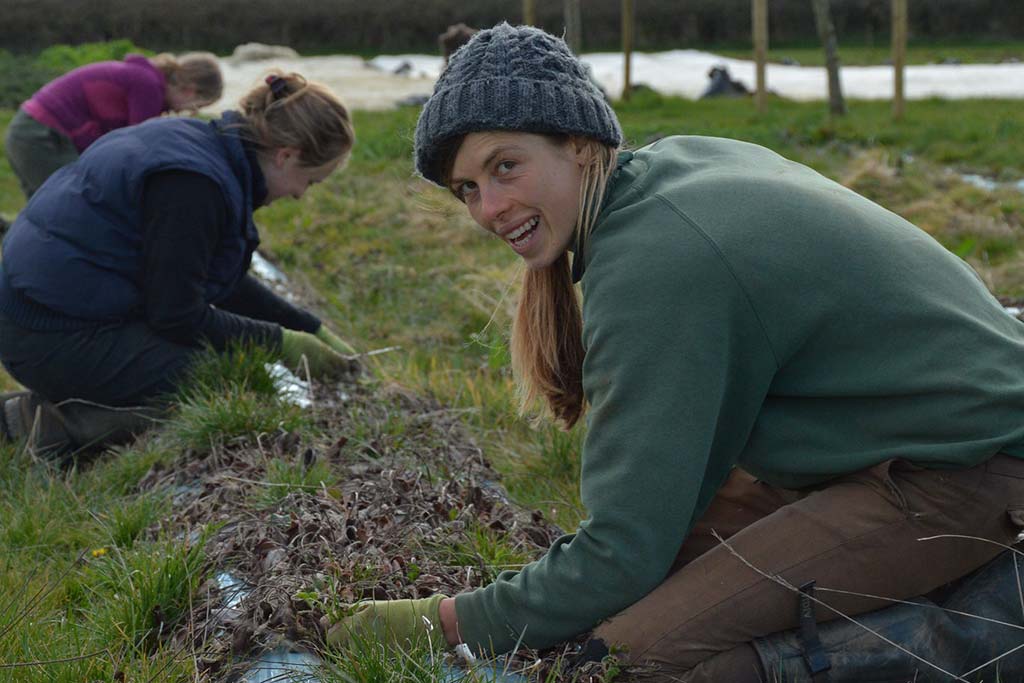
The Agroforestry ELM Test project: Transforming the English agricultural landscape with trees
Senior ORC Researcher Colin Tosh introduces a research project designed to investigate two key factors; payment incentives, and advice and guidance, both of which can be significant barriers to the uptake of agroforestry by farmers.
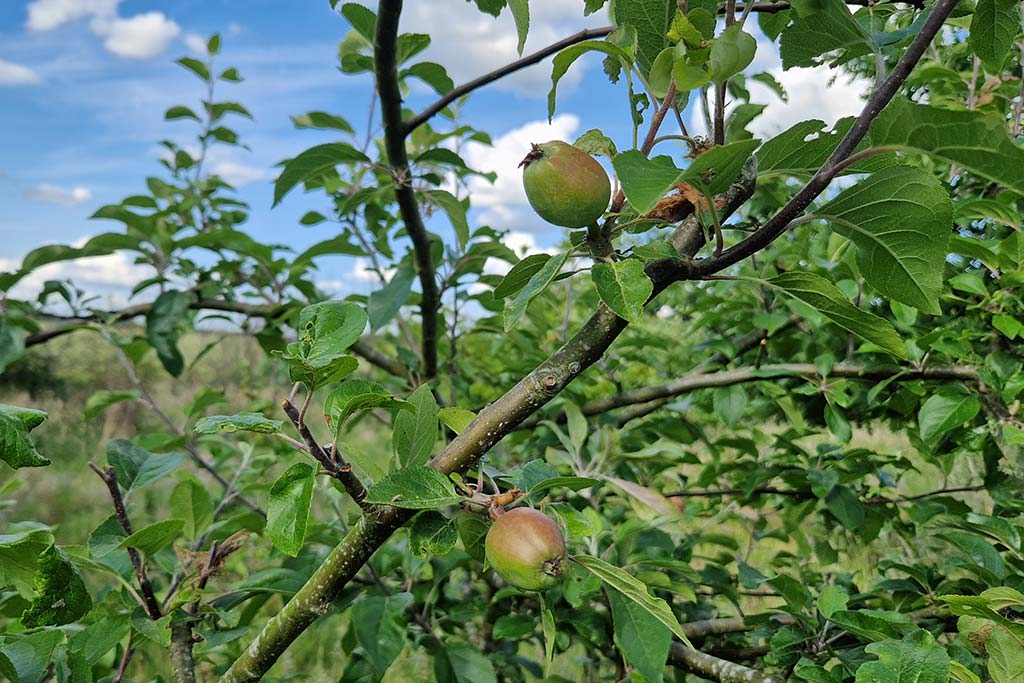
How do English farmers learn and finance agroforestry? Insights from the Agroforestry ELM Test project
In this research update, Senior ORC Researcher Colin Tosh shares some recent findings from the ELM project which explores issues relating to agroforestry knowledge-sharing and funding.
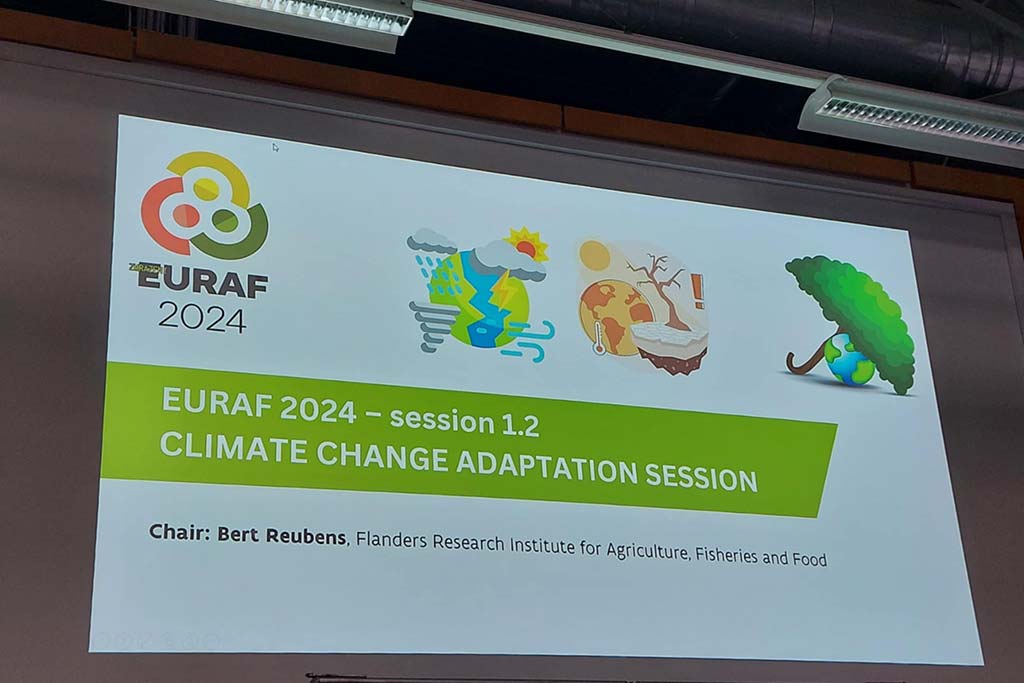
Shifting the dial of agroforestry from niche to mainstream
Janie Caldbeck reports back from the seventh European Agroforestry Conference in the Czech Republic, drawing out some key themes and highlights and focusing on the huge impact of policy on the adoption of agroforestry across Europe, and the importance of research reaching farmers.
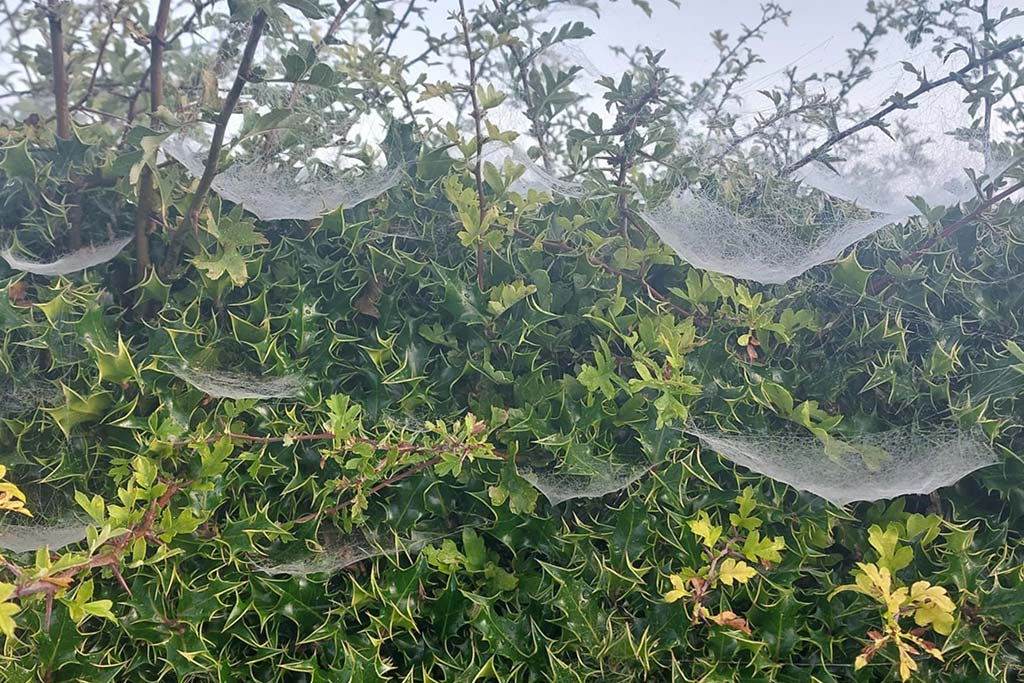
How can agroforestry contribute towards biodiversity conservation?
Watch a recording of this workshop featuring researcher Tom Staton, farmer Carolyn Richards and advisor Helen Chesshire, to understand how agroforestry can contribute towards the conservation and restoration of biodiversity, and learn about the opportunities for policy to support this aim.
With thanks to Matt England, Mark Lea and Patrick Barbour for some of the images used within the Hub
All Rights Reserved apply to all images
